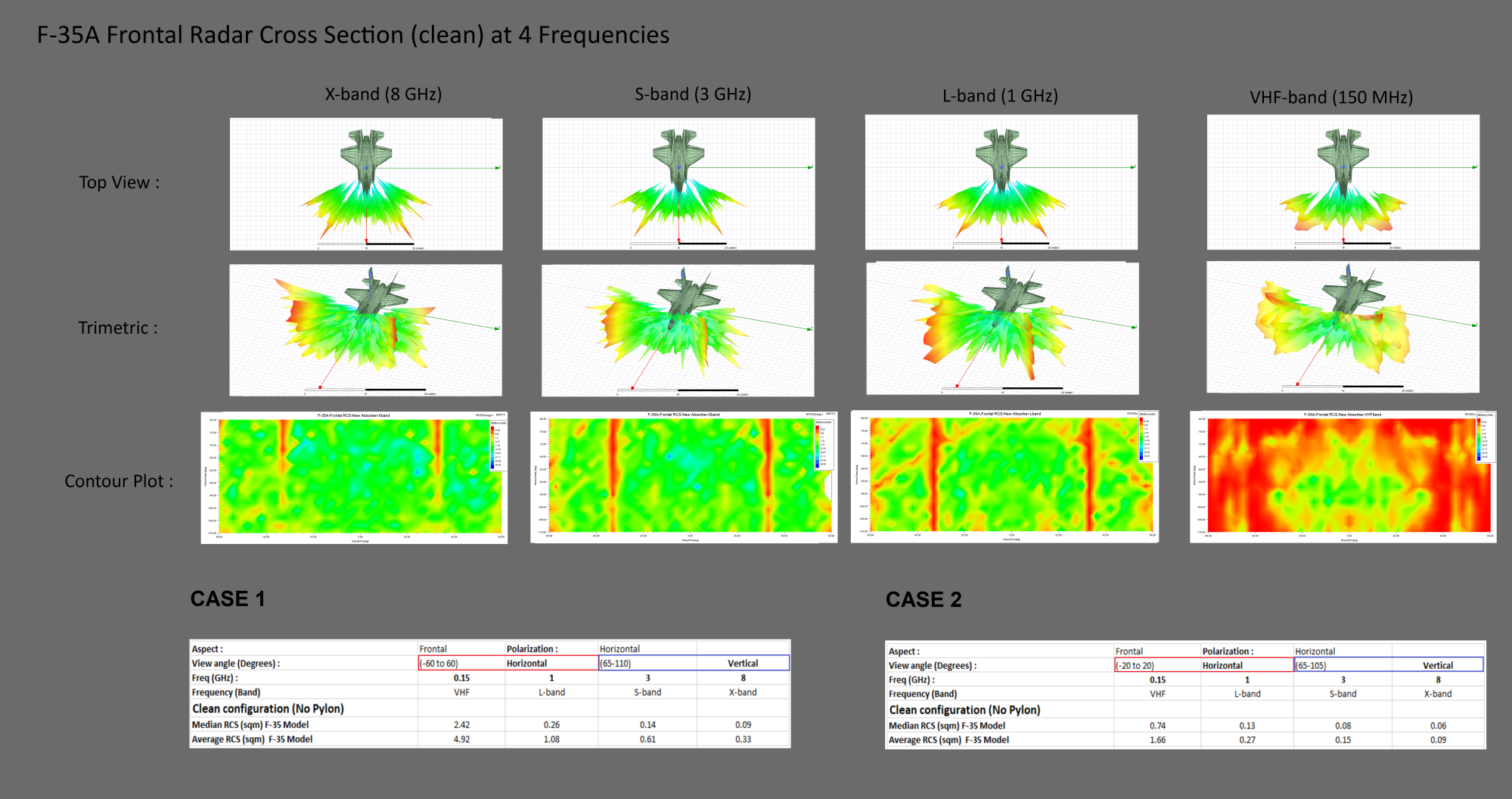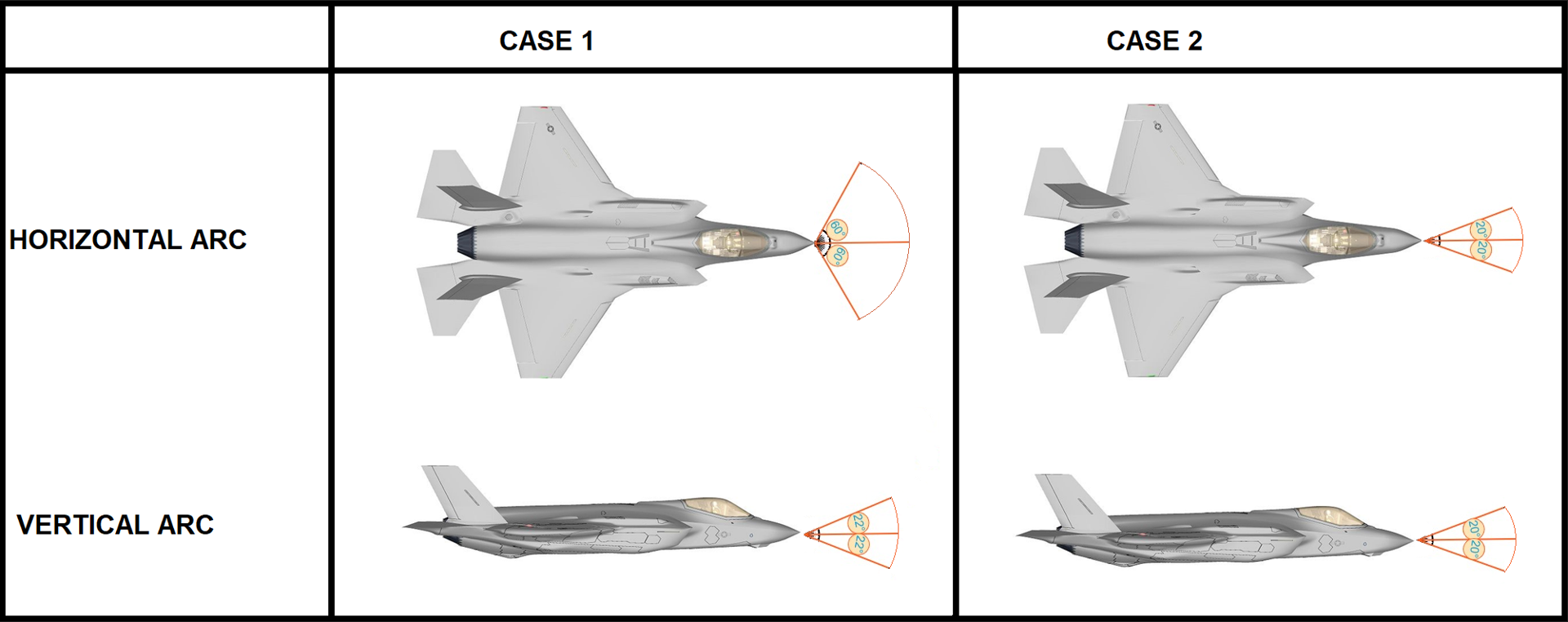What the hell are you on about?
You don't need to "turn or set the AGM-88 seeker into specific frequency"
Even AGM-88A produced 4 decades ago used a broadband spiral antenna that can cover from the C through to the J band (2-20 GHz), and frequency hoping is not some recent technology at all. Decade old mechanical radars are already capable of that. The original HARM seekers was even better than many basic RWR carried by aircraft.
Never mind the fact that AGM-88 seeker have been continuously improve with each version of the missile. The AGM-88 C version produced 3 decade ago used much better seeker and software compared to A and B version, it has a broadband receiver uses logarithmic amps to provide a wide dynamic range, with the receiver implemented using stripline techniques. The receiver employs crystal video receiver (CVR) and superheterodyne techniques which capable of sorting threat pulse trains in high density environments, from the C through to the J bands (0.5-20 GHz). The C-model HARM receiver has superior sensitivity and pulse de-interleaving performance over previous models, and is thus able to discriminate individual emitters in higher threat density environments, at much greater ranges compared to previous models. Yet, AGM-88C is not the most modern HARM used by USA, the most modern one is AGM-88G that is currently in LRIP, while the backbone of the fleet now is AGM-88E with digital seeker with much greater coverage and FoV compared to AGM-88C
[ATTACH=full]712283[/ATTACH]
[ATTACH=full]712284[/ATTACH]
RCS is really depend on direction and frequency.
For example: an F-35 with no RAM coating can have median RCS of 0.06 m2 in X-band, yet in VHF, that number increased to 0.74 m2.


Diffraction only mean the radio wave get scattered in a wide cone, it does not mean the object become invisible. In fact, edge diffraction is actually a bad thing when you try to reduce RCS
